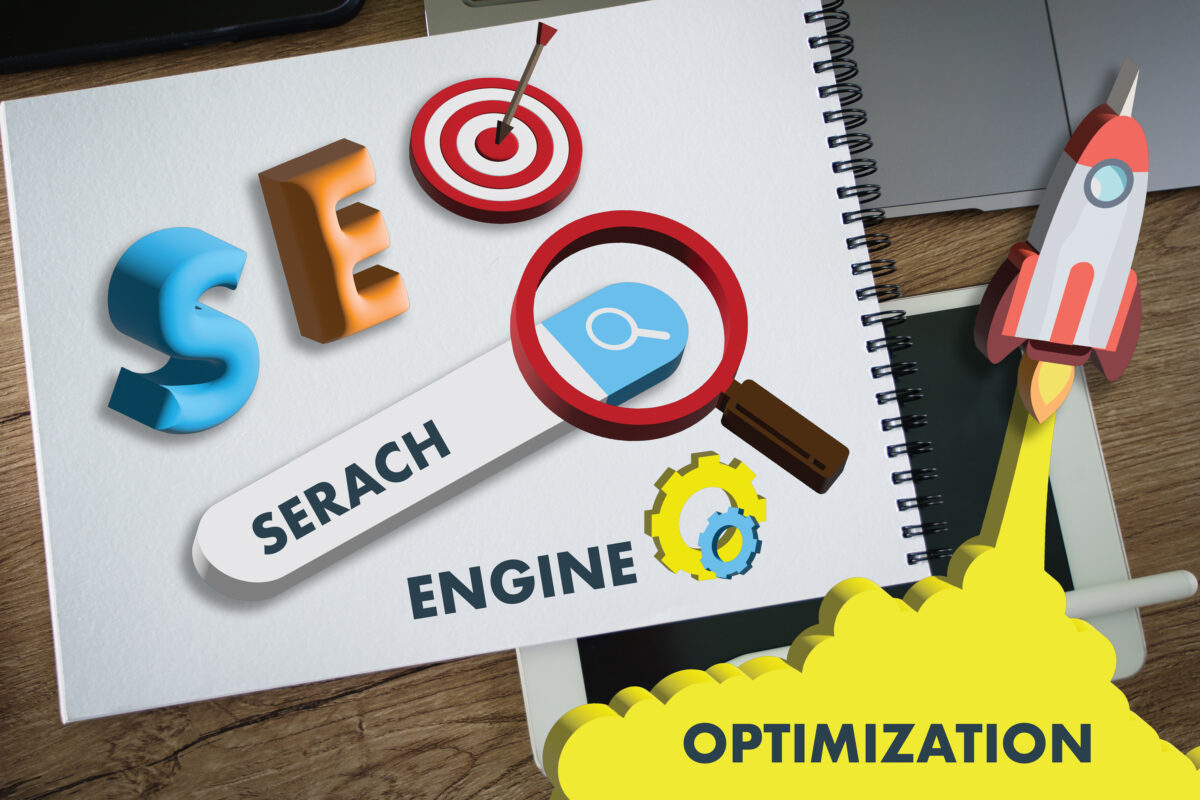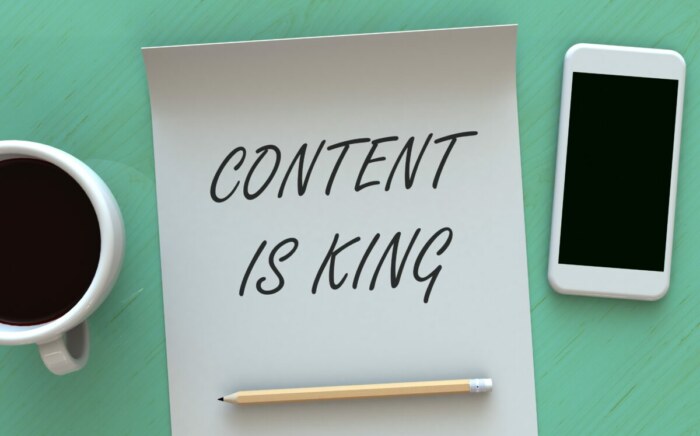Ever heard the saying, “A picture is worth a thousand words?” In the world of SEO, an optimized image might be worth a thousand clicks. But, how do we achieve this?
The Importance of Image Optimization
SEO isn’t just about the text you write. The images you use play a pivotal role too. Remember, search engines can’t “see” images the way we do, so optimizing them helps search engines understand the content better.
Benefits of SEO-friendly Images
Imagine you’re flipping through a photo album, but some of the photos take ages to appear, while others are blurry. Annoying, right? Optimizing images can prevent this scenario on your website. Let’s dive into the benefits:
Improved Loading Speeds
Think of an optimized image for SEO as a light traveler – carrying only what’s necessary. Large, unoptimized images can slow down your website, but optimized images ensure quicker page loads.
Higher SERP Rankings
Search engines adore websites that are optimized as they provide a better user experience. Thus, such sites often enjoy higher rankings.
Enhanced User Experience
Well-optimized images ensure smooth navigation and faster load times, leading to satisfied visitors. Happy visitors often mean returning customers. See the connection?
Image Optimization Techniques
So, how can you turn your images from slow-loading culprits into SEO heroes?
Choosing the Right Image Format
JPEG, PNG, or WebP? The choice is yours, but remember, each has its own pros and cons. For photographs, JPEGs are often preferred. PNGs, on the other hand, are great for graphics with fewer colors.
Image Compression and Size Reduction
Ever tried stuffing a suitcase, only to realize you could have packed smarter? Image compression tools like TinyPNG or Compressor.io can help “pack” your images more efficiently without compromising quality.
Using Descriptive File Names
Instead of “IMG12345.jpg”, how about “sunset-at-the-beach.jpg”? Descriptive names give search engines a clue about the image’s content.
Implementing Alt Text
Alt text is like a short description that tells search engines (and visually impaired users) what the image is about. It’s a crucial aspect of image SEO.
Leveraging Image Sitemaps
An image sitemap provides search engines with more information about the images on your website. Think of it as giving Google a guided tour of your image gallery.
Testing Image Optimization
Once you’ve optimized, it’s time to test. Tools like Google’s PageSpeed Insights can help identify if your images are still causing any lags.
Common Mistakes to Avoid
- Skipping Alt Text: Like leaving a book without a title.
- Over-compressing: Leading to a loss in image quality.
- Using Irrelevant Images: Keep it relevant, always!
Conclusion
Optimizing website images isn’t just a nice-to-have; it’s a must-do for anyone serious about SEO. Like a well-oiled machine, every part, including images, needs to function perfectly. So, next time you upload an image, remember these tips and make it count!
FAQs
- Why is image optimization essential for SEO?
- Image optimization improves loading speed, user experience, and can boost SERP rankings.
- What tools can I use to compress images?
- Tools like TinyPNG, Compressor.io, and ImageOptim are excellent choices.
- How do I write effective alt text?
- Describe the image briefly, use relevant keywords, but avoid keyword stuffing.
- Is the image format important for SEO?
- Yes, the right format can influence the image’s size and loading time.
- Do all images need alt text?
- Ideally, yes. Alt text helps search engines and visually impaired users understand the image’s content.



